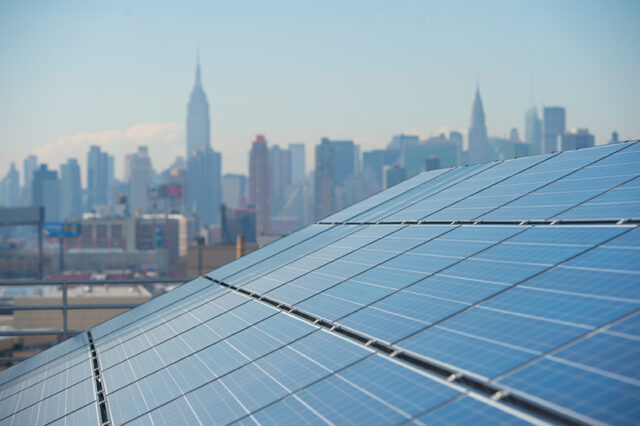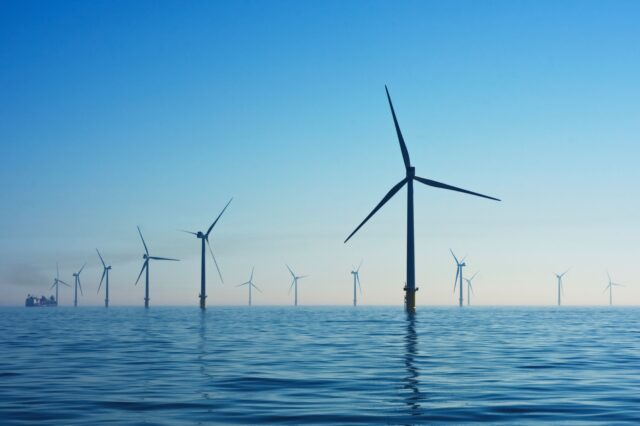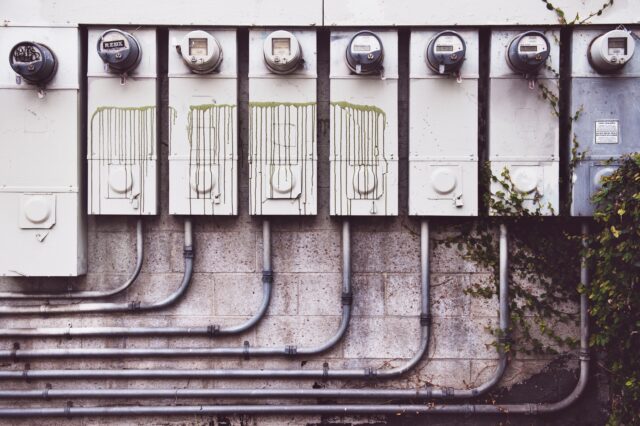Reducing Reliance on Fossil Fuels
Most of NYC’s electricity is generated by burning fossil fuels, representing about a quarter of the city’s total greenhouse gas emissions (GHGs). By the end of 2021, we expect our local electric grid to be approximately 85% powered by fossil fuels. This contrasts greatly with the upstate grid, where clean sources make up 91% of the electricity supply. Currently, there are not sufficient transmission lines to bring this clean power to NYC.
As a result, only about half of NYC’s electricity is brought in from outside the city; the rest must be produced within the five boroughs. NYC relies on 24 in-city power plants that run on natural gas and/or fuel oil. Most of these plants were built decades ago and 70% are over 50 years old. In addition to releasing GHGs that contribute to climate change, these plants release air pollutants that cause air quality and health issues in NYC communities. A top priority for our clean energy transition is to replace these plants with renewable energy resources in a way that is reliable and affordable.
To meet our climate goals, we must also collectively reduce the amount of energy we use in our homes and businesses by modernizing our buildings. Investing in energy efficiency where we live and work can also make indoor spaces more comfortable and improve local air quality. Local Law 97 of 2019, the cornerstone of the Climate Mobilization Act, requires buildings larger than 25,000 square feet to meet strict greenhouse gas emissions limits starting in 2024. These limits decrease over time to keep the city’s building sector on track to meet our carbon reduction goals. Buildings can reduce their energy use–and simultaneously, their GHG footprint–by modernizing heating and cooling systems, switching to LED lighting, and installing efficient appliances. Learn more about NYC’s efforts to modernize our building energy systems through the NYC Accelerator program.
In the future, even with aggressive energy efficiency measures, demand for electricity may still increase as people switch to electric vehicles and replace old-fashioned heating systems with electric heat pumps. A clean and resilient grid will therefore become even more central to our path to carbon neutrality and a healthier city.






